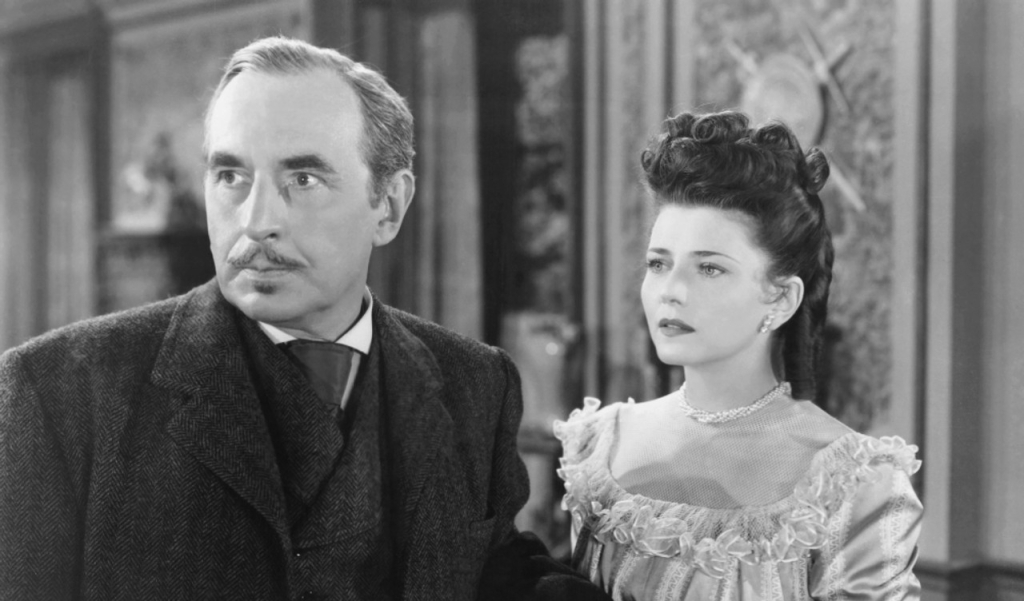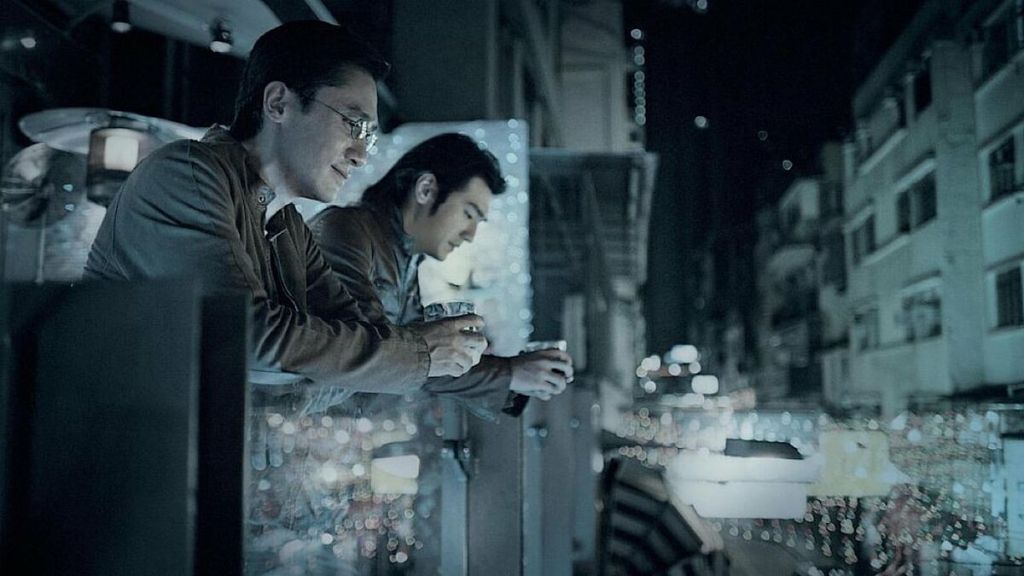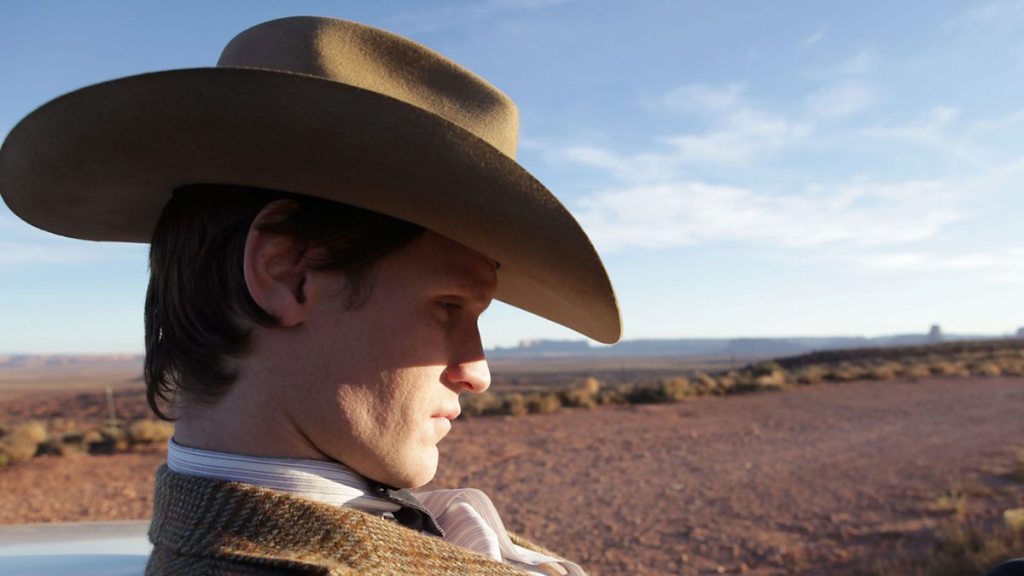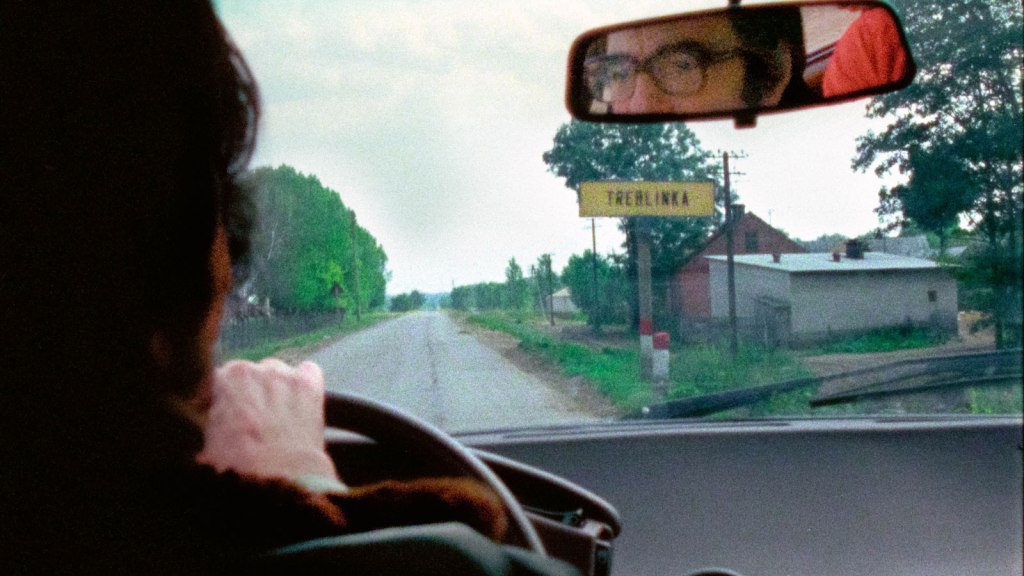During Hollywood’s golden age, the public consumption of feature films was so voracious that the industry employed a virtual production line of movies simply to keep theatres full. The double feature, essentially a creation of the Great Depression, offered audiences enormous value for money – essentially a two-for-the-price-of-one deal – but led to a need for short, cheaply made features to make up the lesser half of the double. These B-pictures, as they were called, did not need to be great cinema. They simply needed to be around 60-75 minutes long, to tell an entertaining story, and be delivered to theatres on time.
The production of these cheap B-pictures generally fell to what was referred to as “poverty row”, a string of filmmaking companies specialised at rolling out product efficiently and inexpensively. Westerns were particularly popular, although this later expanded into horror and science fiction. The majority of these films were mediocre at best, but they did give some of Hollywood’s biggest stars their breaks. The disposable nature of the films also meant that there was less scrutiny on what they were actually about, and some filmmakers used the opportunity to make some genuinely inventive classic cinema out of the format; producer Val Lewton’s string of horror pictures being an obvious example.
I mention Lewton on purpose, as his 1942 production Cat People – directed by Jacques Tourner – was clearly a key influence on The Catman of Paris (1946), and that film has just enjoyed a very welcome release on bluray. It comes via Australian video label Imprint, who have spent the last few years giving a wide array of semi-obscure titles some much-needed exposure in the physical media market. It is a wonderful presentation, packed with extras including an entire documentary about Republic Pictures – the poverty row mini-studio that produced The Catman of Paris.
Charles Regnier (Carl Esmond) returns to Paris from overseas, having written a popular book about a mythical “catman”. When he begins to experience a series of blackouts – and those spells coincide with a series of brutal murders – Charles comes to fear he may himself be the catman of legend.
As with poverty row films in general, The Catman of Paris is not any kind of masterpiece in hiding. It is watchable enough, with director Lesley Selander doing a reasonable job, and its screenplay by Sherman L. Rowe is satisfactory. It is excessively talky, however, with a lot more time spent inexpensively describing the murders than actually depicting them. Esmond gives an enjoyable lead performance, as does co-star Lenore Aubert as love interest Marie Audet.
For viewers that are simply seeking entertainment, Catman is honestly not fit for purpose. For anybody interested in learning about 1940s American cinema, and the poverty row phenomenon in particular, this is a handsomely packaged and immensely valuable resource. This film was intended as disposable entertainment, watched once as a lead-in to better, more accomplished films. That we can view it today, restored and given context through its special features, feels like a minor miracle. This is one of the best archival releases of the year.
The Catman of Paris is available now from Imprint. Click here for more details.





Leave a comment